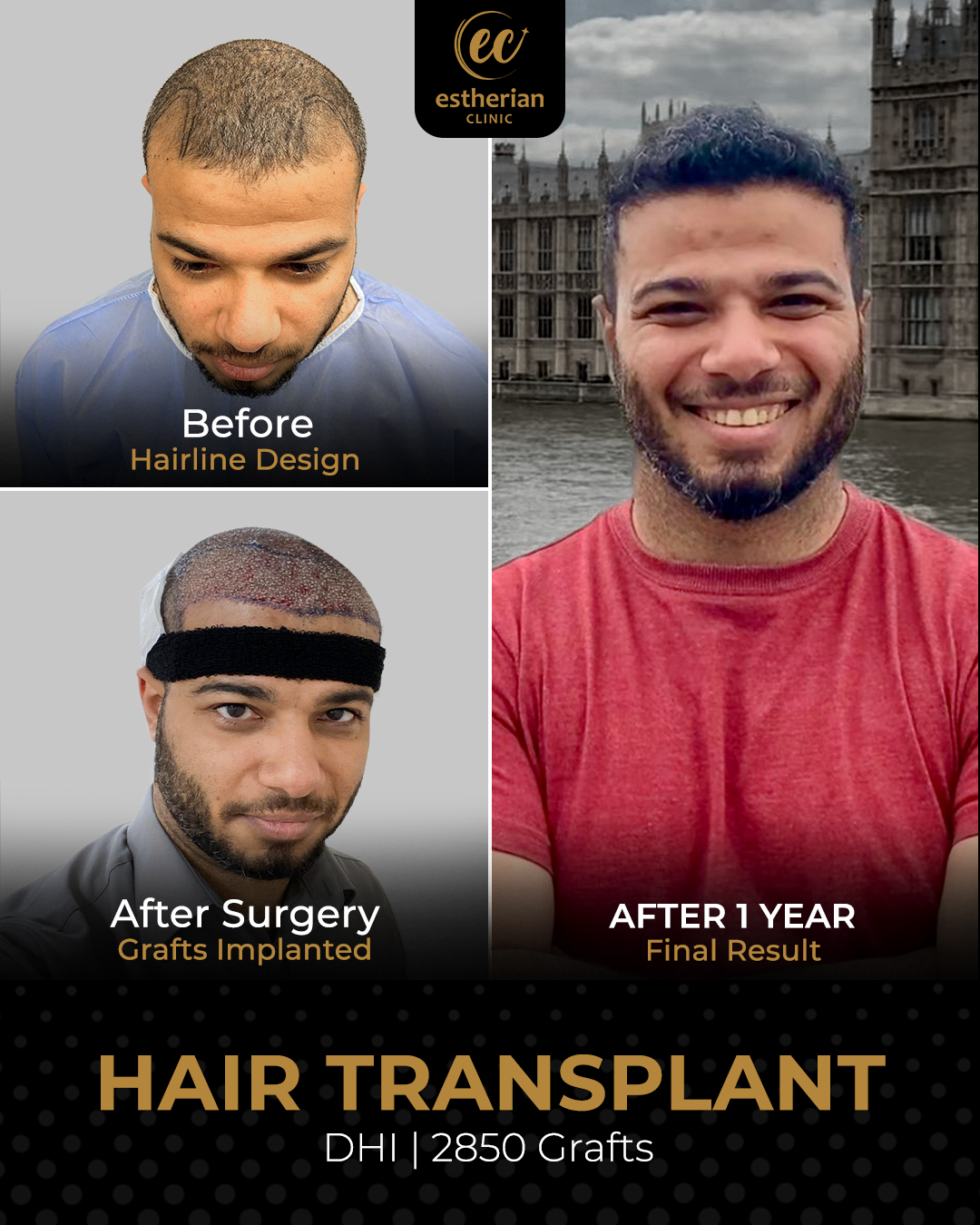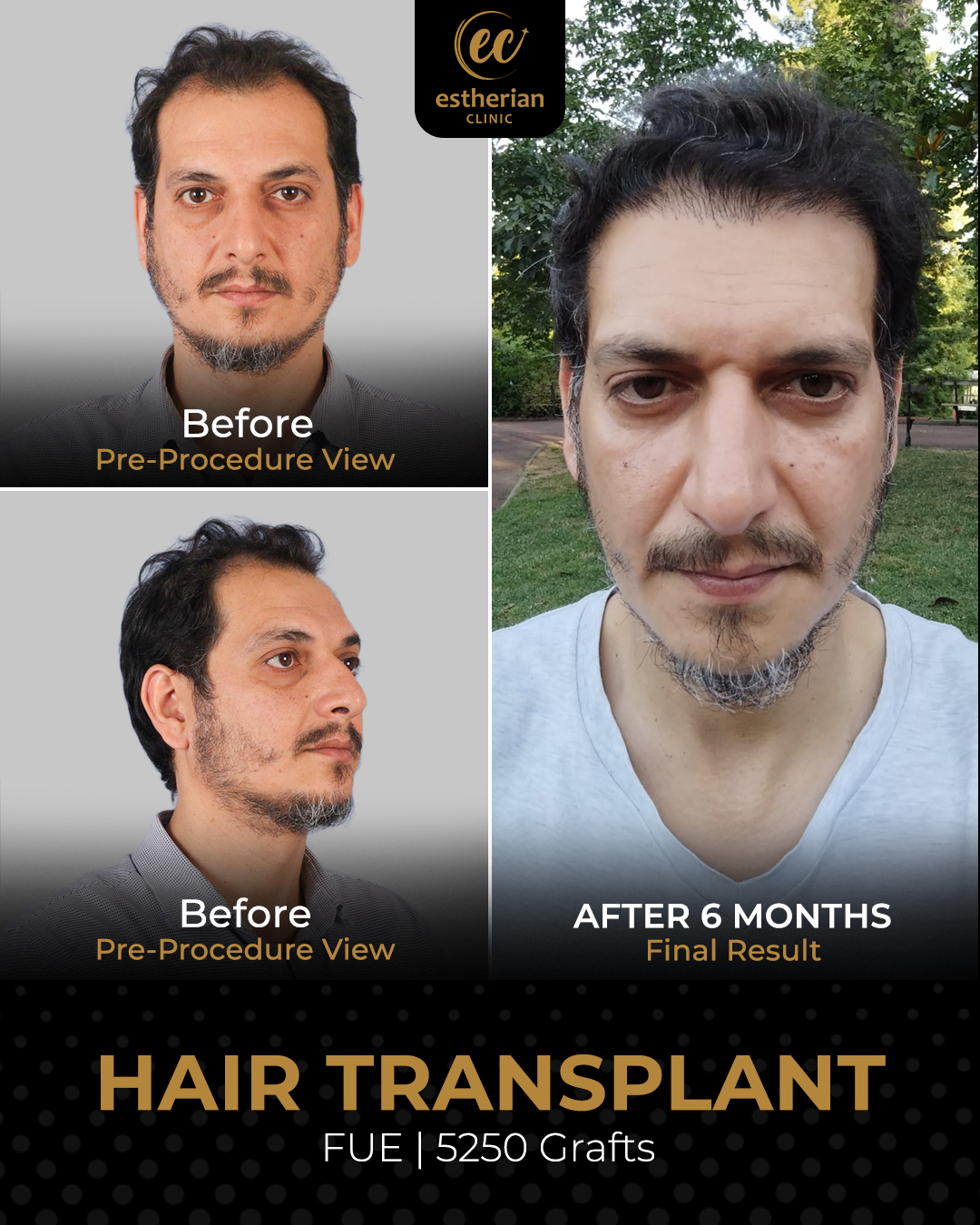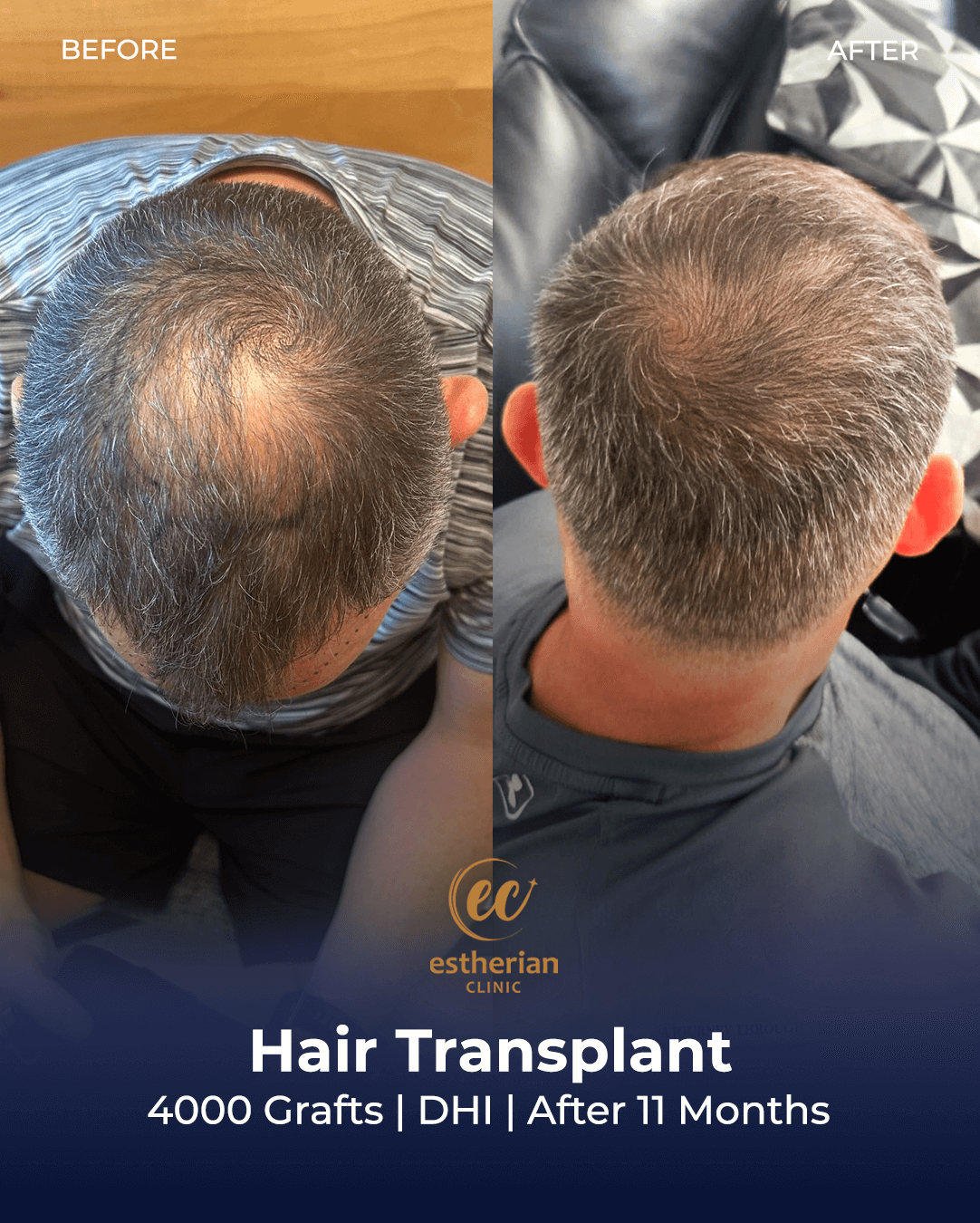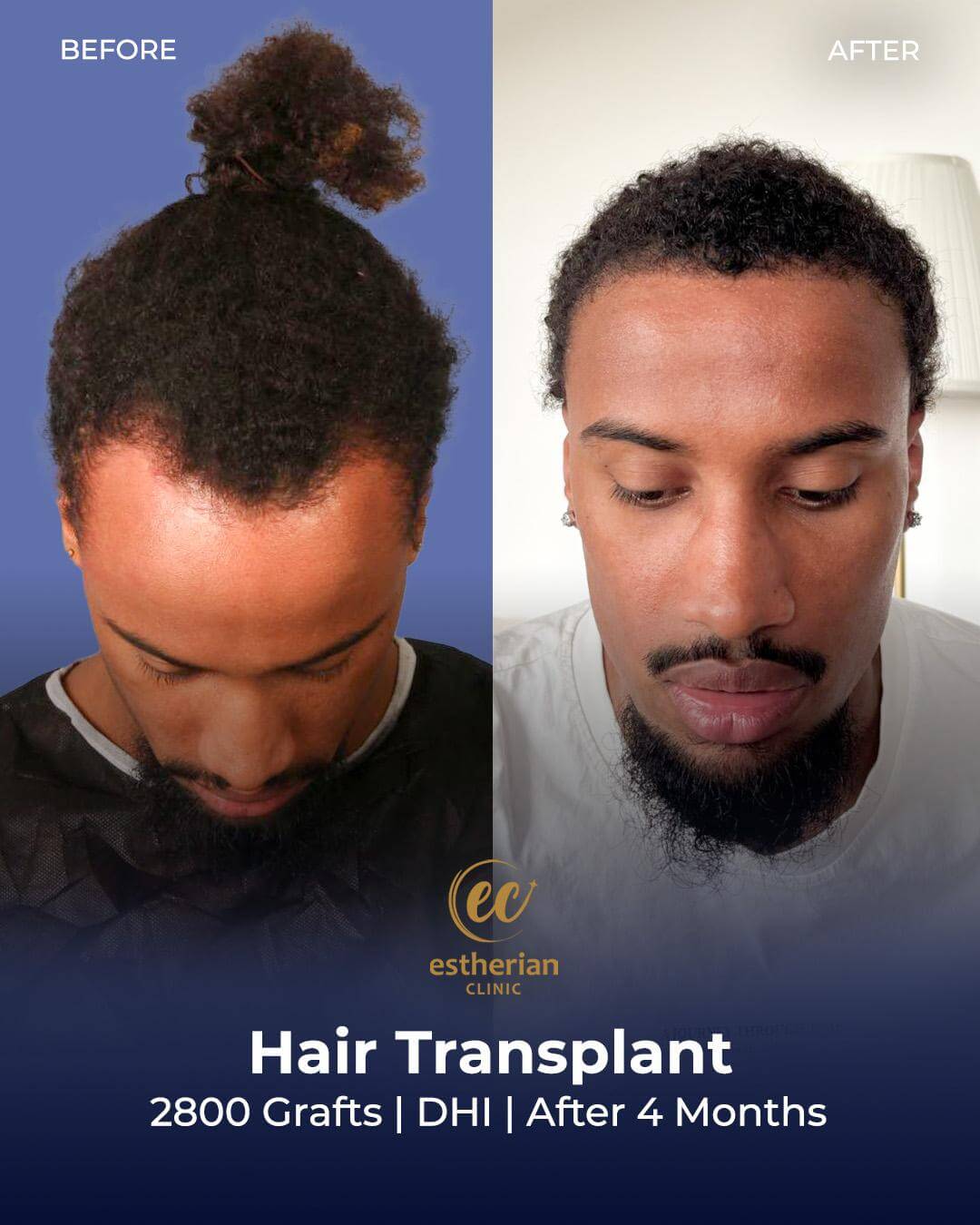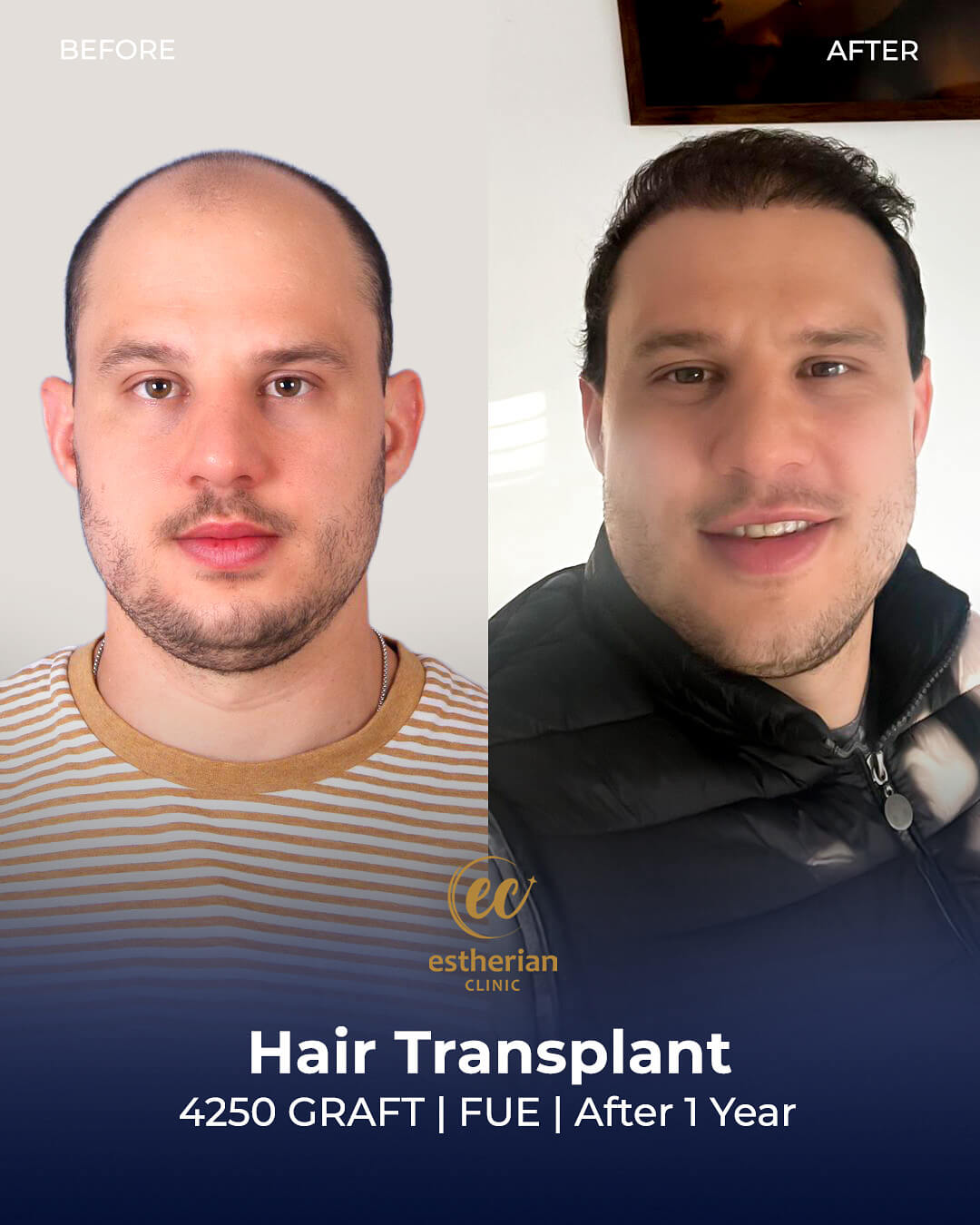Hair transplant in Turkey is renowned worldwide for offering exceptional results at affordable prices. Turkey has positioned itself as a hub for medical tourism, particularly for hair restoration, thanks to advanced technology, experienced surgeons, and all-inclusive packages that attract thousands of patients annually.
Why Hair Matters
Hair has always been more than just a biological feature: it’s a symbol of youth, vitality, and confidence. Across cultures, thick and healthy hair is often associated with attractiveness, strength, and even social status. When a person begins to experience thinning hair or baldness, it can affect more than just their appearance; it can impact their self-esteem, emotional well-being, and how they interact with others.
For many, hair loss is not just about vanity: it represents a loss of identity and can serve as a daily reminder of aging, genetics, or health struggles. Men and women alike may feel less confident in social situations or professional environments, which can lead to withdrawal or lowered self-confidence.
Because of this, restoring hair is about more than aesthetics: it’s about restoring balance between how people feel on the inside and how they look on the outside. A successful hair transplant offers patients the chance to regain a natural, youthful appearance, improve their confidence, and reclaim the sense of control that hair loss may have taken away.
Causes of Hair Loss
Hair loss, also known as alopecia, can occur for a variety of reasons, and understanding the underlying cause is essential when planning treatment. The most common cause is genetics, specifically a condition called androgenetic alopecia (often referred to as male-pattern or female-pattern baldness). This inherited sensitivity to hormones like dihydrotestosterone (DHT) gradually shrinks hair follicles, leading to thinning hair and eventual baldness.
Aside from genetics, other factors can contribute:
- Hormonal changes: Pregnancy, childbirth, menopause, or thyroid disorders can disrupt the natural hair growth cycle.
- Medical conditions: Autoimmune diseases such as alopecia areata, scalp infections, or systemic illnesses can lead to hair loss.
- Medications and treatments: Chemotherapy, radiation therapy, blood thinners, and some antidepressants can cause temporary or permanent hair thinning.
- Nutritional deficiencies: Lack of essential vitamins and minerals (like iron, zinc, biotin, or protein) can weaken hair and make it more prone to falling out.
- Stress and lifestyle factors: Chronic stress, sudden traumatic events, or habits like excessive hairstyling, tight hairstyles, or harsh chemical treatments may trigger hair shedding.
- Aging: As we grow older, hair follicles naturally become less active, leading to thinner, weaker strands over time.
Each patient’s case is unique, and often multiple factors overlap. That’s why a proper medical evaluation is critical before deciding on a hair transplant: it ensures the treatment addresses the root cause and that results will be both natural and long-lasting.
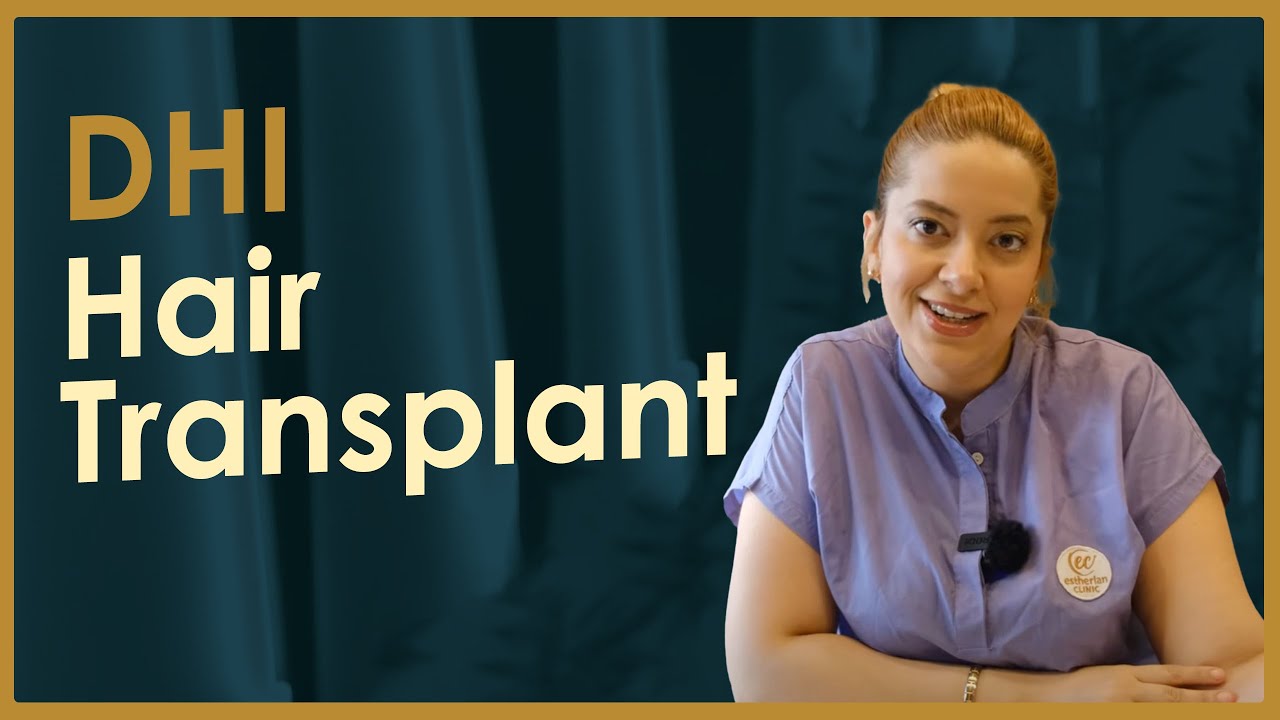
Hair Transplant Techniques in Turkey
FUE Technique
Follicular unit extraction (FUE) is a type of hair transplant done by extracting the healthy and more durable hair follicles from the scalp parts where they grow and moving them to another part where the hair is thinner or absent.
The surgeon implants these follicles into previously opened channels or incisions in the scalp. This technique results in no visible scarring when both extracting and transplanting.

DHI Technique
The DHI method differs from the FUE Technique. It can be done without shaving the skull; only the donor area will be trimmed for the extraction process. By the use of Micro Motor Tool and secondly Implantation, with the Choi pens used to implant each graft directly without prior creation of canulas to control the angle of the direction of each graft.
Choi pens are more accurate; they come in various sizes for a more natural look. Hair density is calculated by counting the hair growing in each centimeter square on the scalp.
Sapphire FUE Hair Transplant
This technique is similar to FUE but differs in the blade used in the procedure. Sapphire FUE tool uses blades made of sapphire, which is a durable, valuable gemstone. A V-shaped pin offers more intricacy over the regular U-shaped pin of steel blades to make incisions for the hair transplant procedure.
Who Is a Good Candidate For a Hair Transplant
Men who have been losing their hair due to male pattern baldness for more than five years, or who have already progressed to class 3 or above on the Norwood Scale, are usually considered suitable candidates for a hair transplant. This is because their hair loss pattern has stabilized enough for doctors to predict long-term results.
Additional suitable candidates include:
- Men and women with thinning hair but good donor areas
- People with hair loss due to trauma or burns
- Individuals who want to restore eyebrows, beards, or mustaches
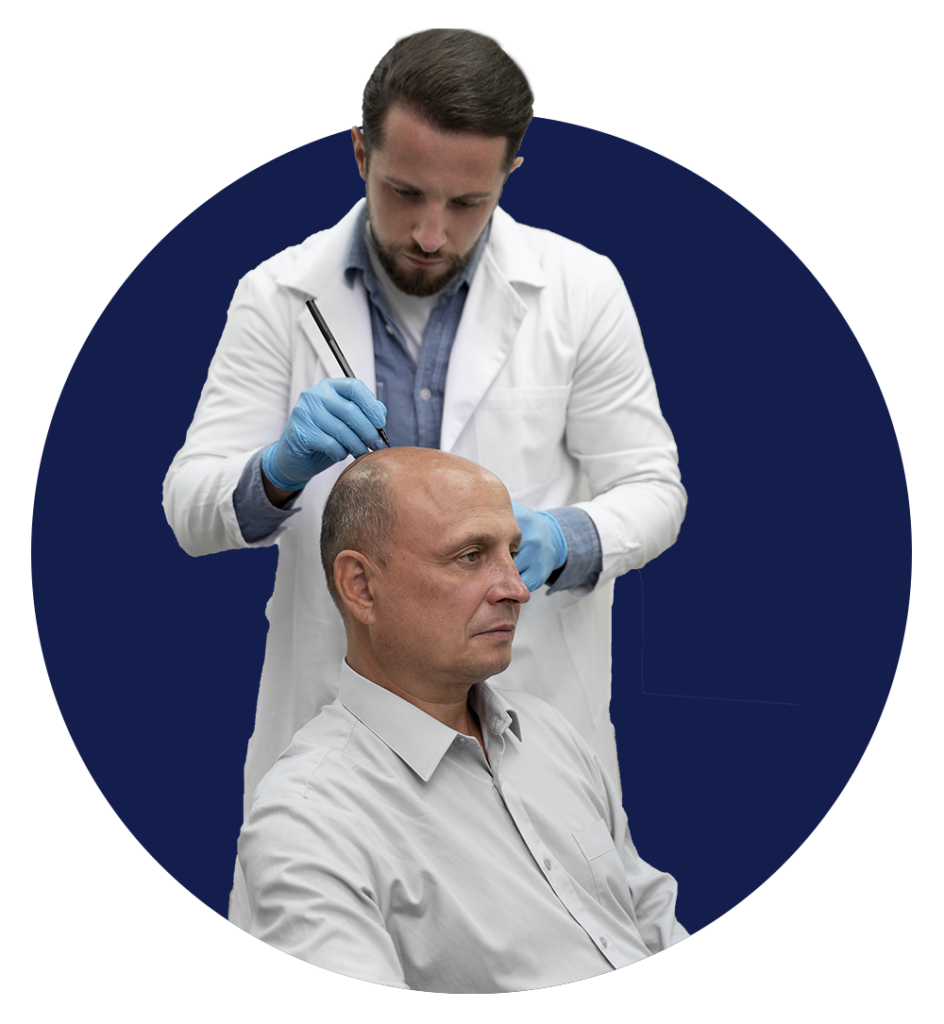
Benefits of a Hair Transplant Surgery
Hair transplant surgery offers more than just the return of lost hair: it restores confidence, self-image, and overall quality of life. Patients often describe the change as transformative, because hair frames the face and plays a vital role in personal appearance.
Here are the main benefits:
- Permanent, Natural-Looking Results
Unlike wigs or temporary solutions, transplanted hair comes from your own scalp, meaning it grows, feels, and looks natural. Once the transplanted follicles take root, they continue to grow for a lifetime. - Boost in Self-Confidence
Many people with hair loss feel older or less attractive. Restoring a fuller head of hair helps patients feel more confident in social, professional, and personal settings. - Low Maintenance
After the healing period, transplanted hair requires no special shampoos or treatments. You can wash, cut, and style it just like the rest of your hair. - Cost-Effective in the Long Run
While the initial cost may seem high, it eliminates the recurring expenses of hairpieces, medications, or temporary fixes. Over time, a transplant can be more economical. - Customisable to Your Needs
The procedure is tailored to each individual. Whether you want to restore a receding hairline, add density to thinning areas, or cover bald spots, the plan is designed around your personal goals. - Psychological Benefits
Studies have shown that restoring hair can reduce anxiety, improve mood, and even enhance performance in professional and social interactions. The psychological relief of “looking like yourself again” cannot be underestimated.
In short, a hair transplant does not just replace hair: it restores a sense of identity and confidence that many patients felt they had lost along with their hair.
Risks of Hair Transplant Surgery
Like any surgical procedure, a hair transplant comes with potential risks and side effects. While most patients experience a smooth recovery with excellent results, it’s important to understand what could happen so you can make an informed decision. Choosing an experienced surgeon significantly reduces these risks.
1. Common and Temporary Side Effects
- Swelling and Redness: The scalp may appear red and swollen for a few days after surgery. This usually resolves on its own.
- Itching and Tenderness: Some discomfort, itching, or tightness in the treated area is normal and typically controlled with prescribed medication.
- Crusting and Scabbing: Tiny scabs may form around the transplanted hairs, but generally fall off within 7–10 days.
2. Possible Complications
- Infection: Though rare, infection is a risk anytime the skin is penetrated. Proper aftercare and antibiotics help minimize this.
- Bleeding: Minor bleeding can occur during or after the procedure, but surgeons use techniques to control it quickly.
- Scarring: Modern methods like FUE (Follicular Unit Extraction) minimize scarring, but FUT (Follicular Unit Transplantation) can leave a linear scar at the donor site.
- Shock Loss: Some existing hair may temporarily shed after surgery due to trauma, but it typically regrows.
- Asymmetry or Patchiness: Uneven growth can occur if grafts do not take properly, highlighting the importance of a skilled surgeon.
3. Long-Term Risks
- Changes Over Time: Natural aging and further hair loss in untreated areas may alter the overall appearance, sometimes requiring touch-up procedures.
- Unnatural Look if Done Poorly: When performed by an inexperienced surgeon, the hairline may look artificial or poorly placed.
- Donor Hair Limitations: Since donor hair comes from your own scalp, there is a finite supply. Patients with extensive baldness may not achieve full density everywhere.
FAQs About Hair Transplant Techniques
Can Hair Transplants Be Done for Women? To
Yes, hair transplants are suitable for women experiencing hair thinning or specific patterns of hair loss. Techniques like DHI, which don’t require full head shaving, are particularly popular among women.
Can I Exercise After a Hair Transplant?
Light activities can resume within a week, but intense exercise and activities causing sweating should be avoided for two weeks to prevent complications.
How Long Does a Hair Transplant Last?
Hair transplant in Turkey usually takes between 3 and 6 hours, during which there is a rest for the patient, and it may require more than one session to cover the area required for hair.
Can Hair Transplants Fail?
While success rates are high, poor aftercare or certain health conditions can affect results. Following post-procedure guidelines is crucial for success.
How Do I Prepare For a Hair Transplant
The patient’s hair will be completely shaved, and sometimes the operation can be performed without shaving. Then, the scalp is washed with a sterile solution and injected with a local anaesthetic.
What Are the Common Side Effects After a Hair Transplant?
Mild swelling, redness, itching, or scabbing may occur in the donor and recipient areas, but these side effects usually subside within a week.
What Should I Avoid Before and After the Procedure?
Before the procedure, smoking, alcohol, and blood-thinning medications should be avoided. Post-procedure, limit sun exposure, avoid swimming pools, and stay away from saunas for a month.
Hair Transplant in Turkey Before and After

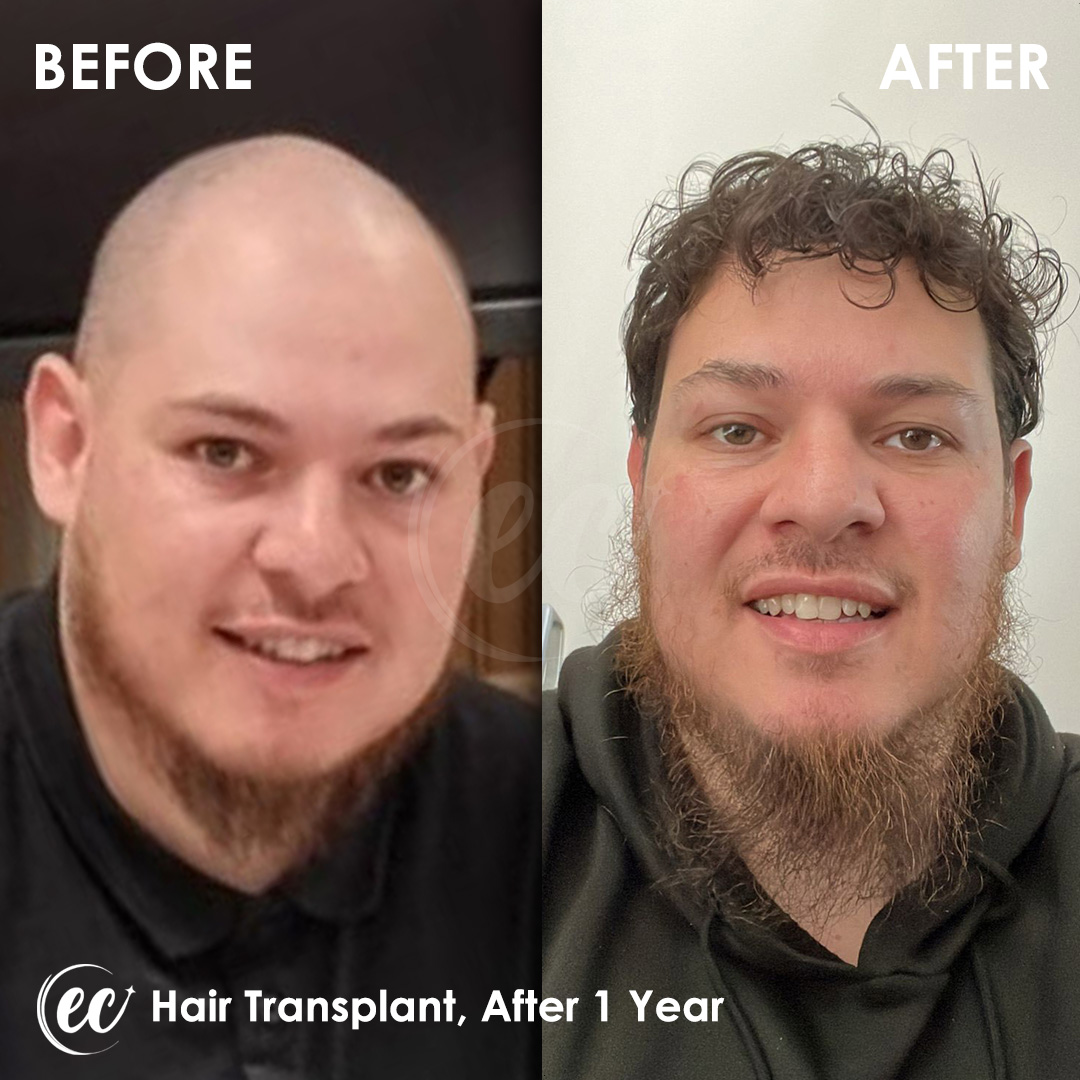

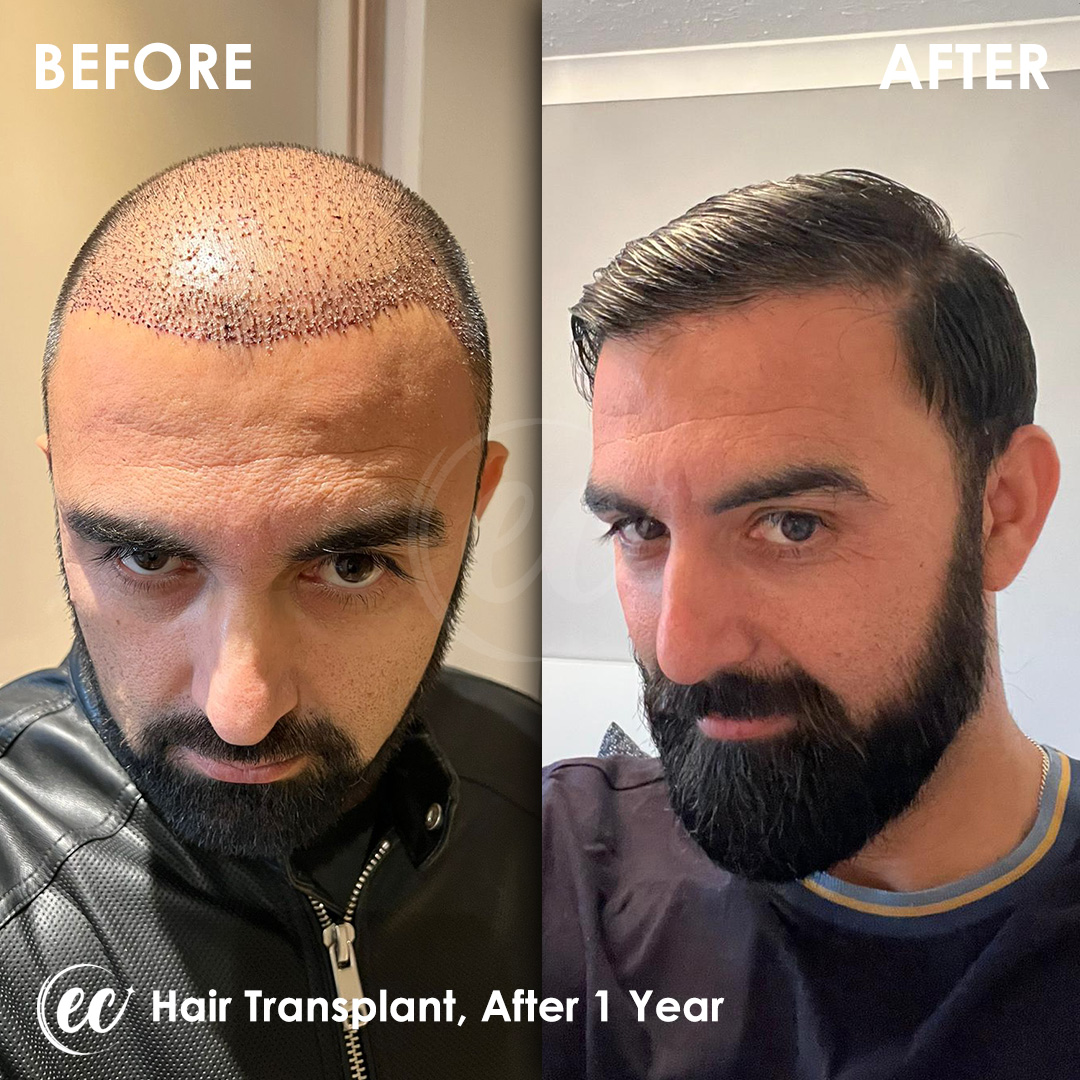
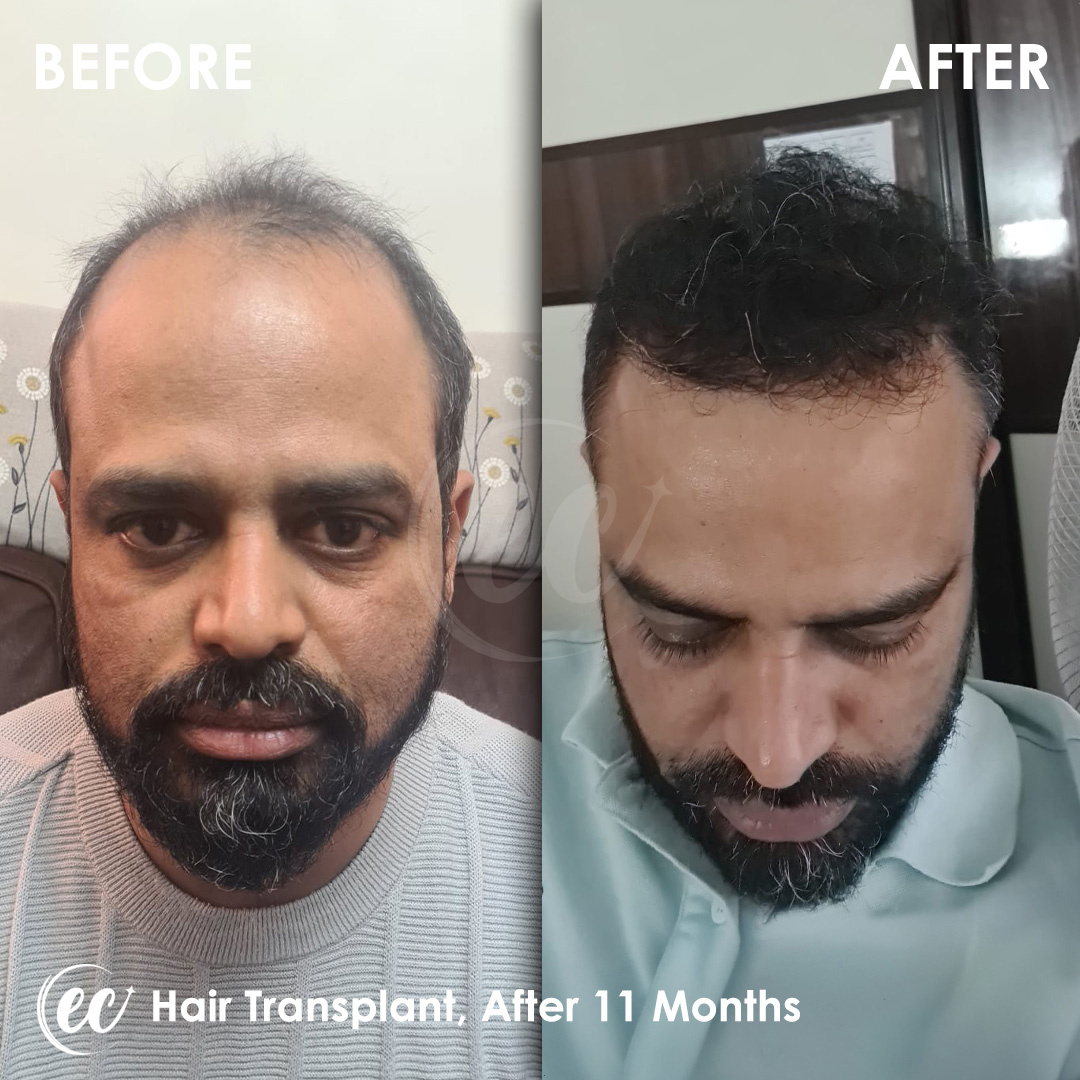



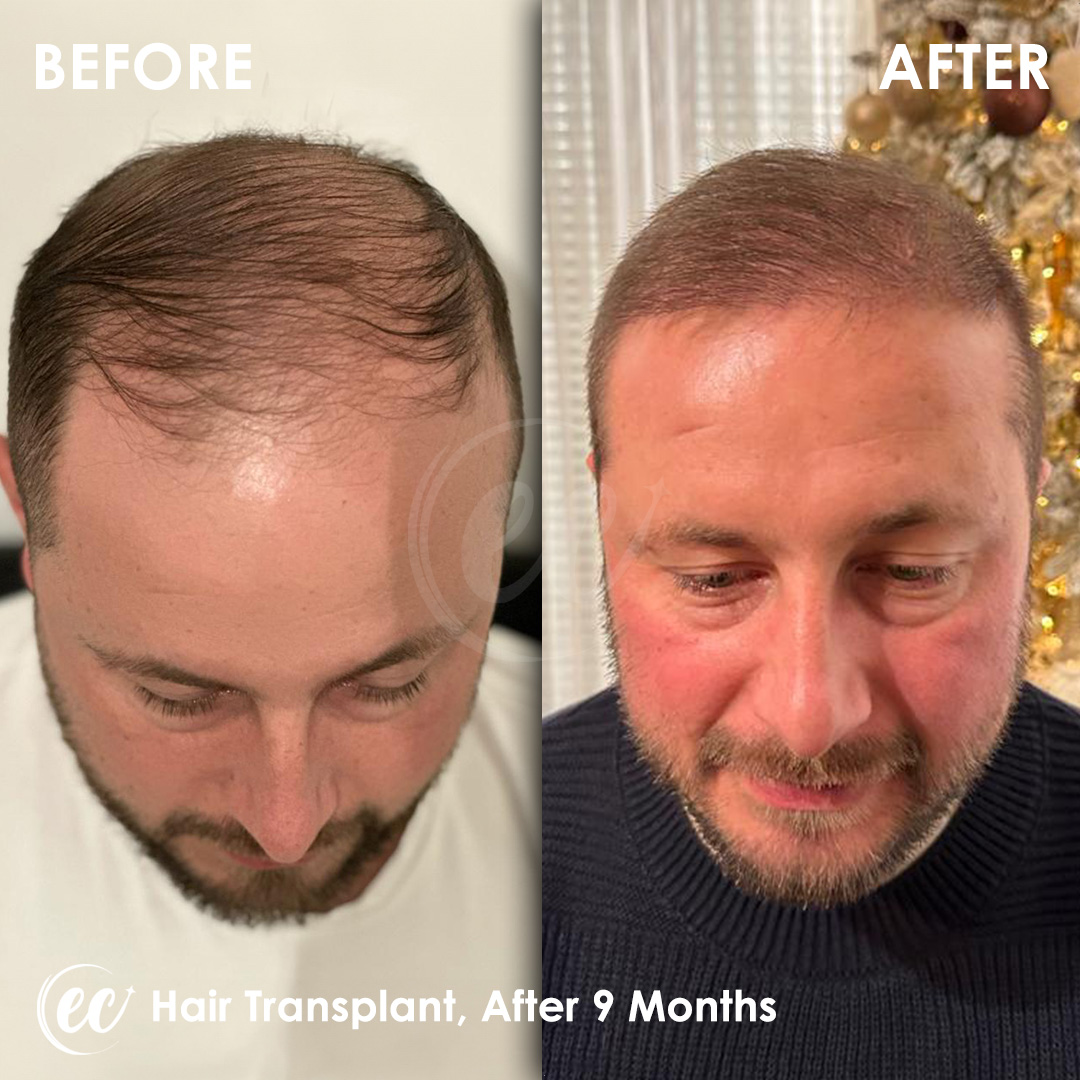
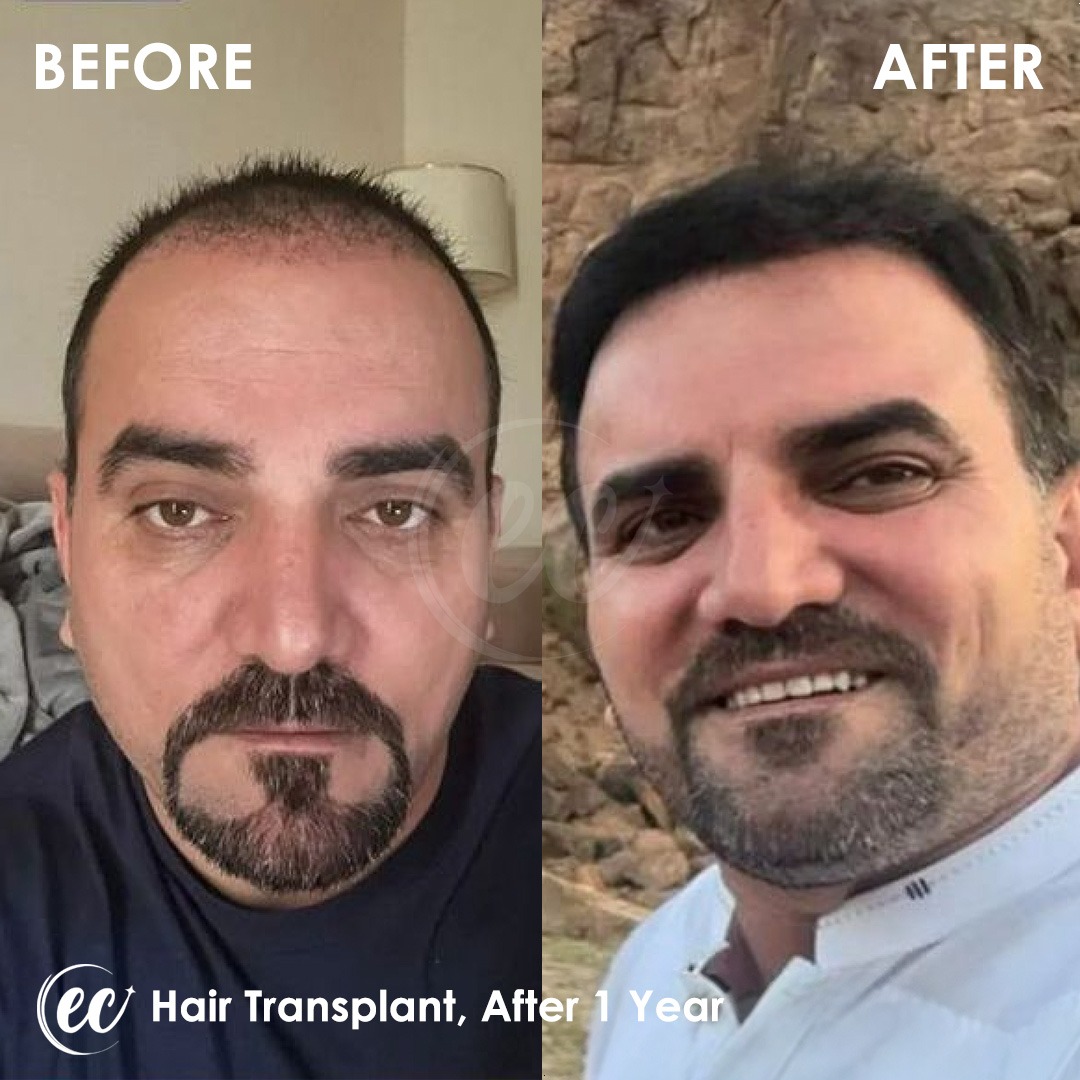

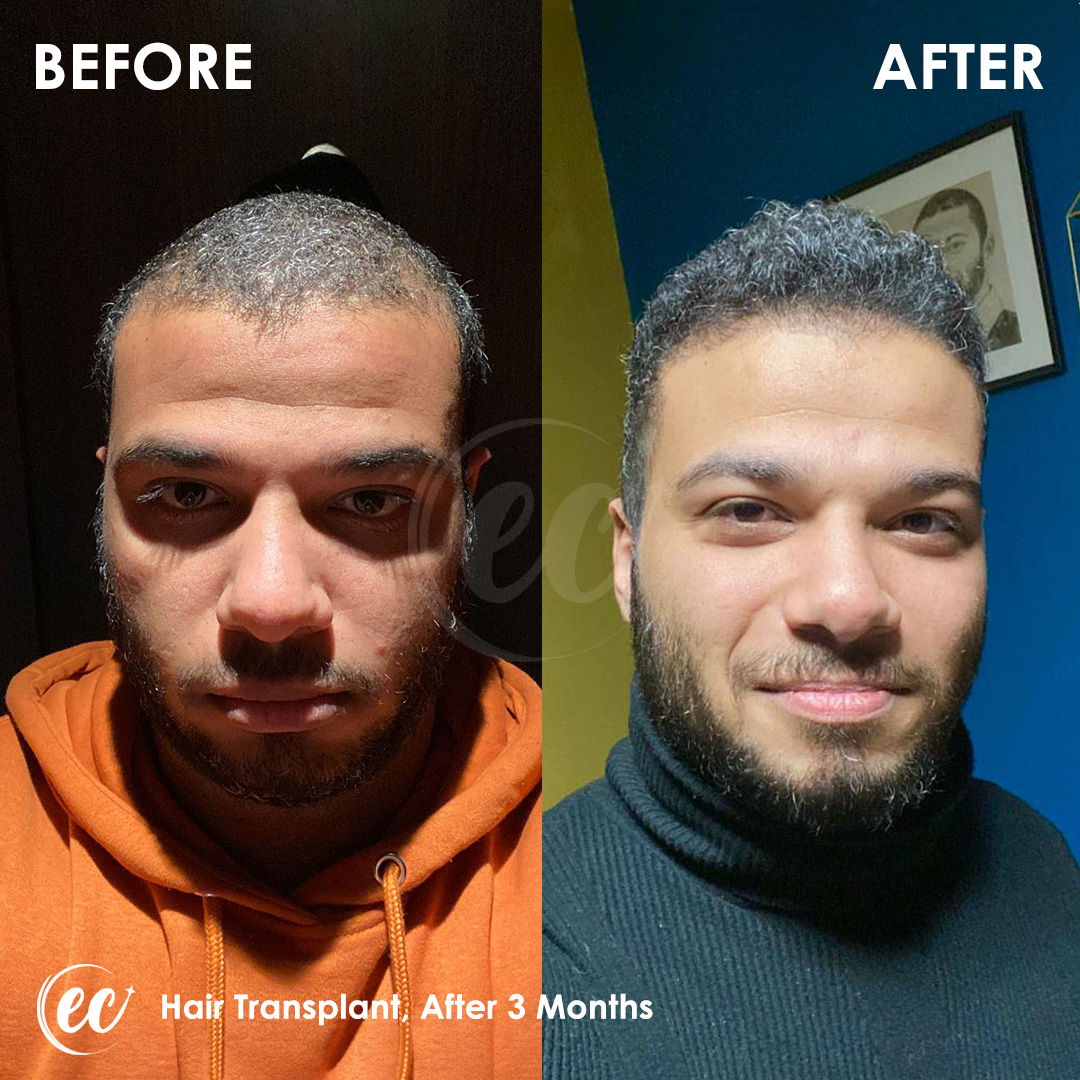
Related Articles About Hair Transplant
Plastic Surgery: “Hair restoration treatments like hair transplants involve transplanting healthy hair follicles to areas experiencing thinning or balding.”
Mayo Clinic: “Hair transplant surgery can improve the appearance and self-confidence of individuals suffering from hair loss.”
Hair Transplant Before and After Photos
